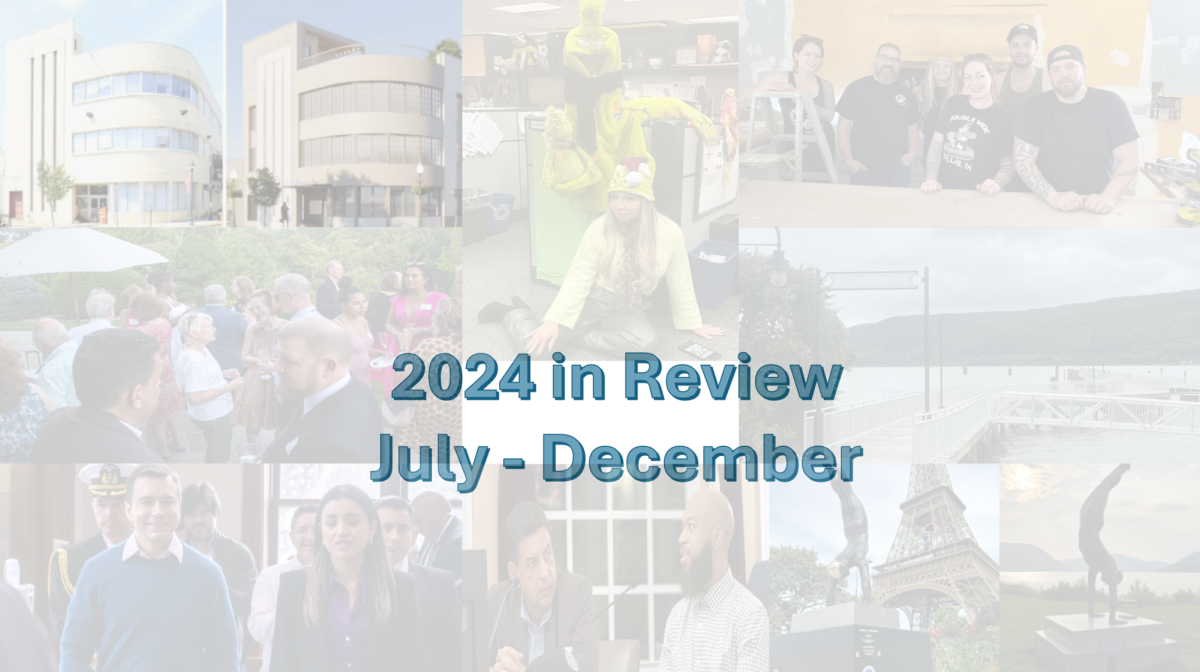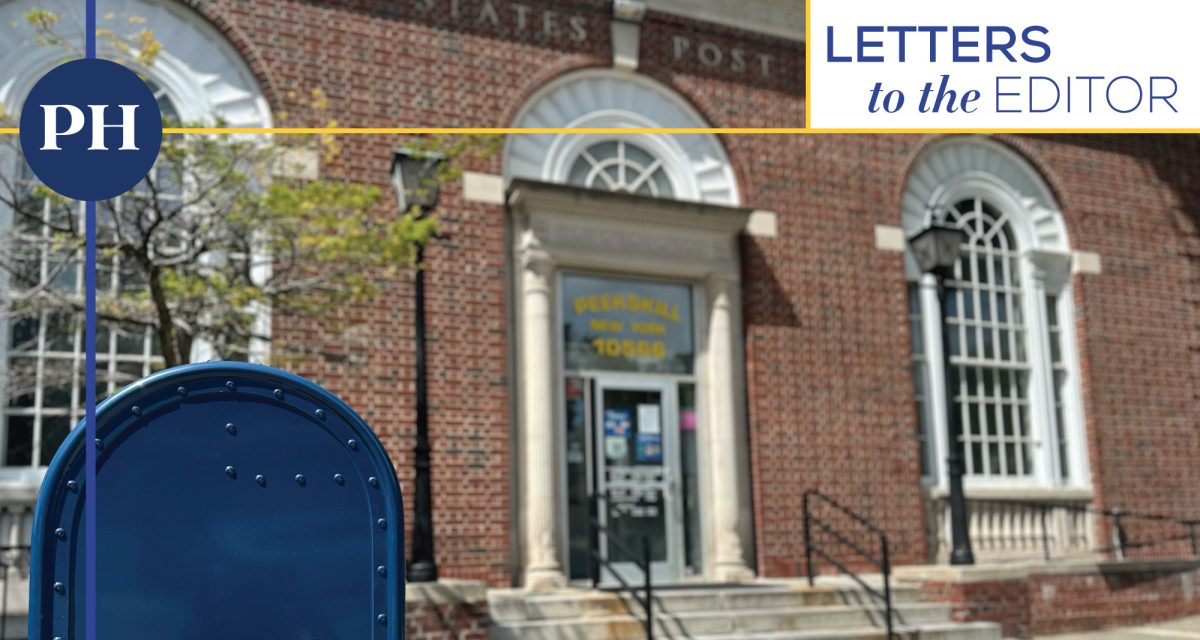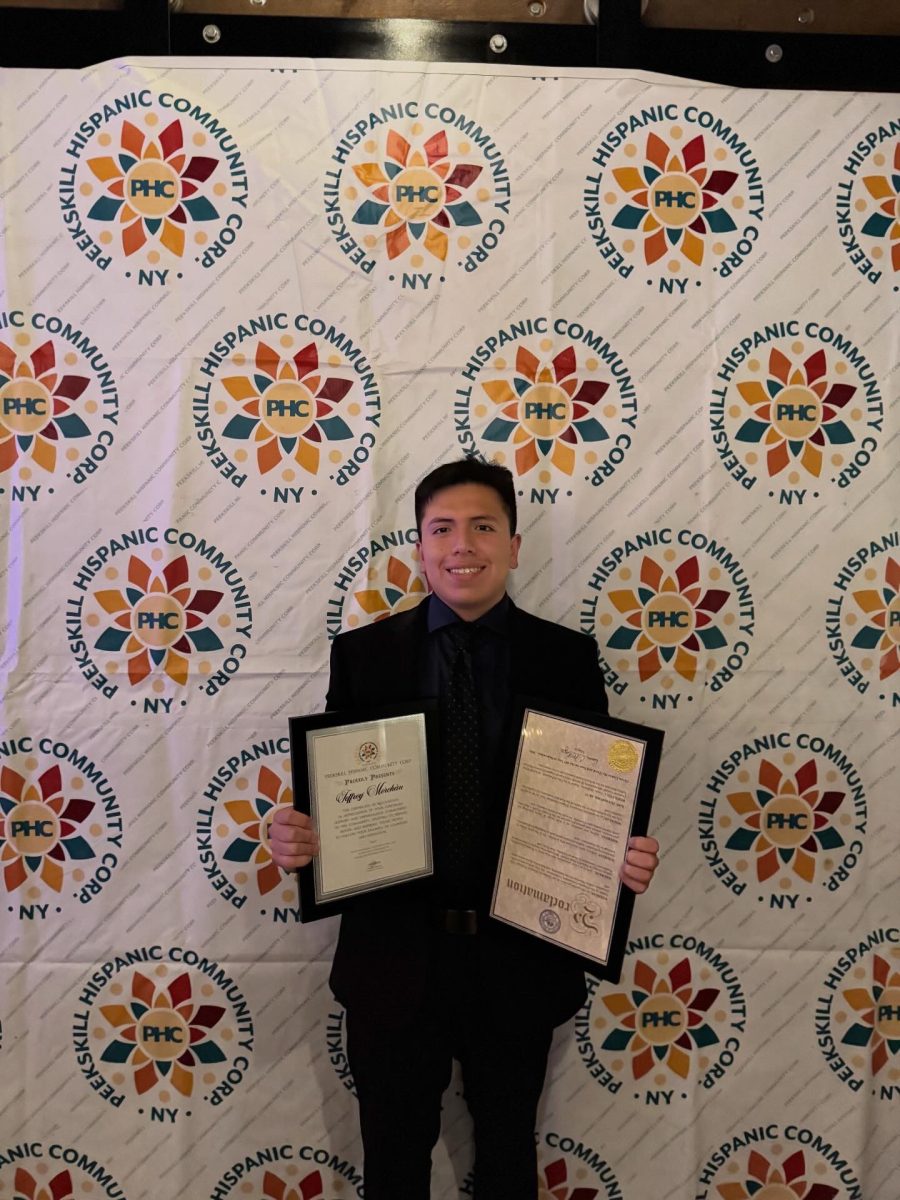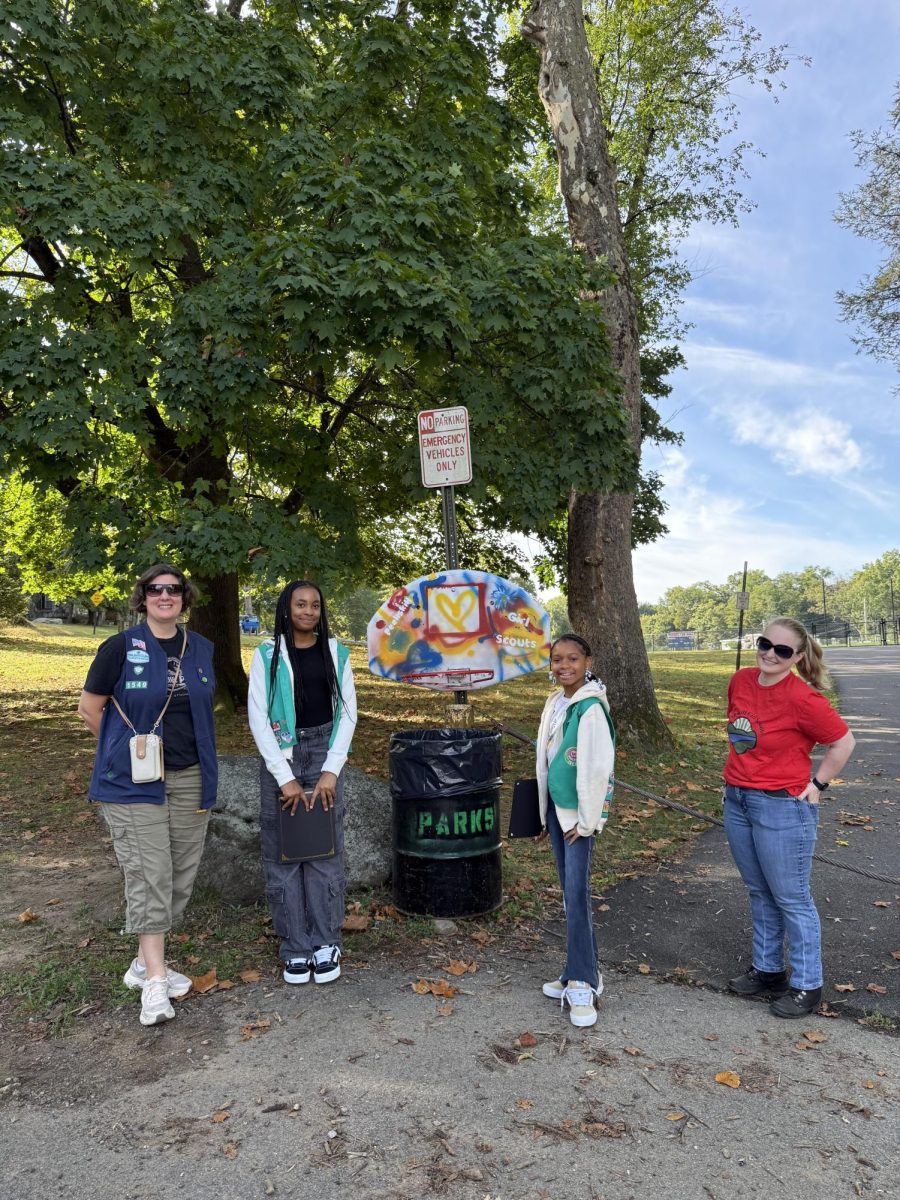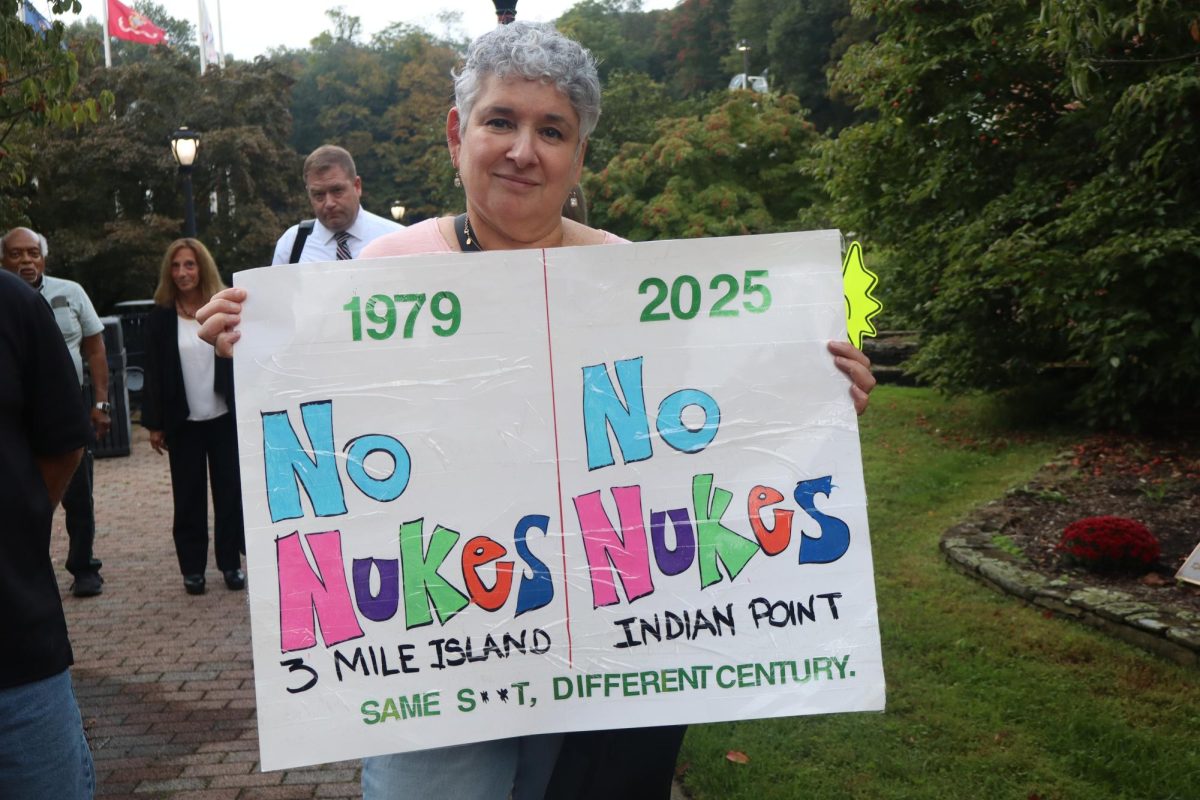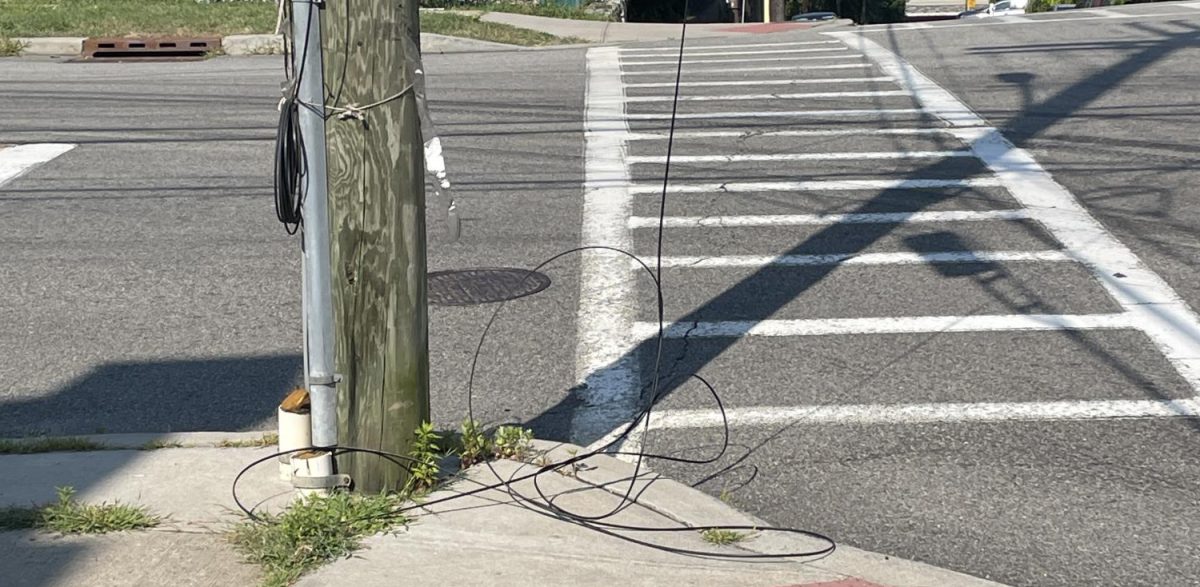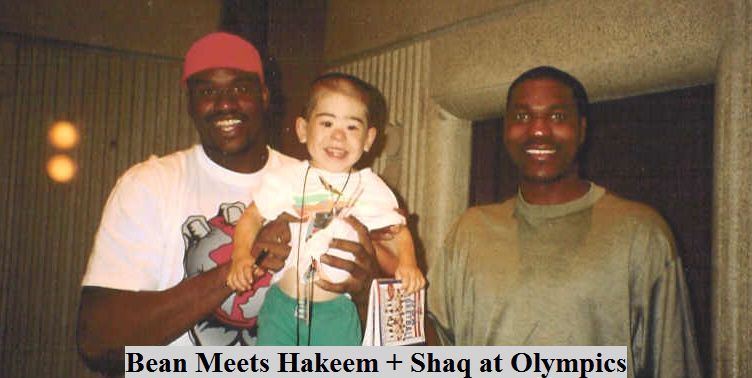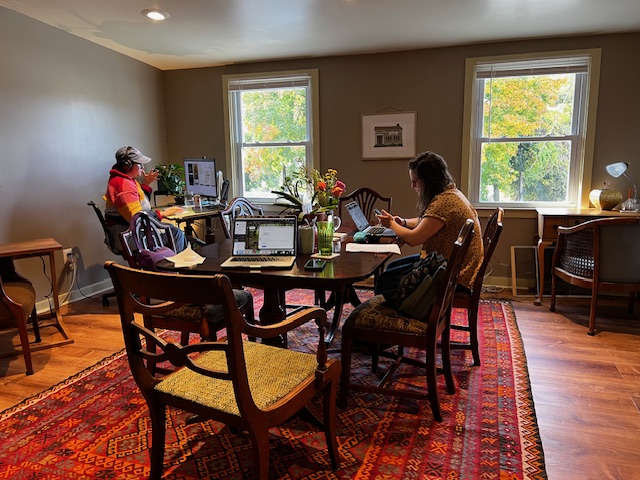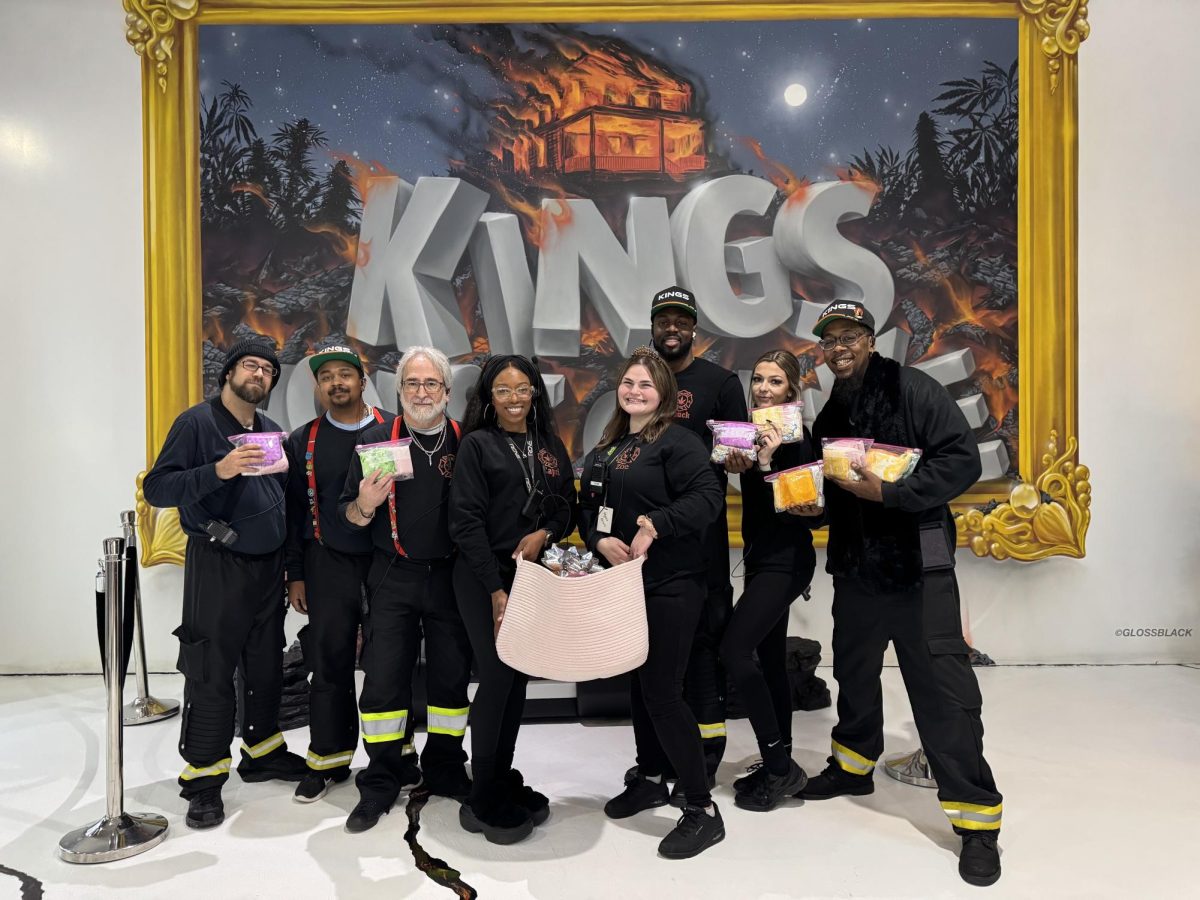Last weekend I had a public conversation with a friend from Peekskill who is at least 30 years younger than me. He was one of the first people I connected with when I moved here. First through social media and then finally in person. We share the common experience of leaving a big city for life in a much smaller one, with less concrete and more nature. We moved here because we could afford it unlike other places commutable to the city and because it is diverse unlike other Westchester towns.
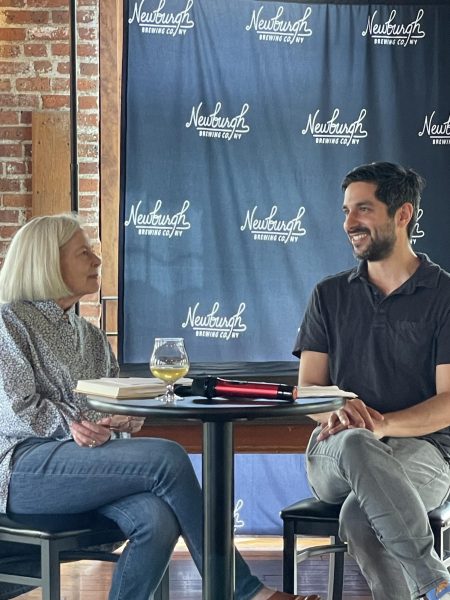
Like me, he has made it a goal to find out whatever he can about Peekskill, its government, its history, its creative and artistic sensibility, its entrepreneurial spirit and its people. He has generously taken on the role of promoting it: as a place to visit, to live, to create, to work and to nurture and support a family. He and his family, like mine, see our future here.
The focus of our conversation last week was how to use our mutually respectful, intergenerational relationship as a metaphor for how to negotiate the challenges that may arise in cities like ours that attract new homeowners and are potential sites for development.
Whether we are “old” or “young” in our residency of a place, we often assume, without really exploring, that our “intergenerational” desires and wants are at odds. In this instance, “intergenerational conflict” when it occurs does not stem from age, rather from how many years someone has lived in a place and called it home. It relates to the motivation of newcomers to be there and how those who have lived there for a long time perceive that motivation.
Once thriving city centers during times of industrial expansion were hubs of shopping and entertainment. The advent of malls and on-line shopping turned many post-industrial Hudson Valley cities into “sleeping beauties” filled with neglected but elegant Victorians and shuttered businesses until the 1990s.
The Influx of Artists
That decade brought artists in search of low-cost housing and workspace and as happens most times when artists come, the seeds of gentrification get planted. There are many Hudson Valley towns and cities today that are experiencing gentrification. Artists come first, then affluent urbanites invest in real estate, high end businesses and developers soon follow suit. Many of the real estate purchases are for second homes or income producing vacation rentals. The pandemic accelerated this trend. Beacon and Hudson are examples and cautionary tales.
This trend affects long-term residents and small businesses and creates fear of being priced out of one’s own community. This fear is understandable. Long time building and property owners hang on to underutilized or vacant properties in the hopes of a big cash out, making it hard for new and old generations of middle-income residents to find affordable rent or a space to start a new business. This fear impedes any kind of creative problem-solving and keeps cities stuck in a place where the only solution to generate income is to raise taxes.
So how do these different generations of Peekskill homeowners begin to get to know each other and find common interests? To challenge assumptions? How do we come to understand what each other wants and needs from this community? The answer lies in asking the right questions. My friend and I began our relationship by asking each other where we came from, why we moved here, what we love about it, what makes it challenging. What did we think we needed to thrive here. We found common interests and found our motivation for moving here was similar despite the difference in our ages and where we were at in our lifespan. We care about many of the same things.
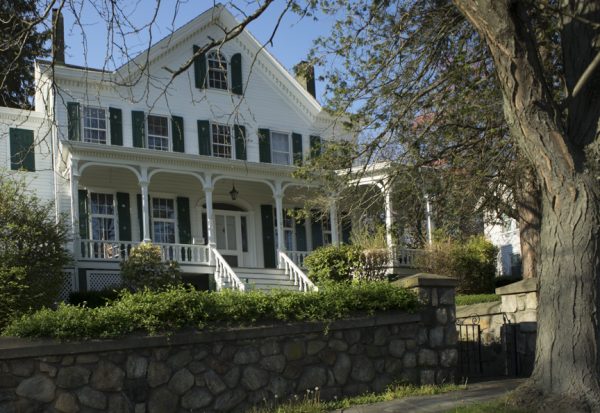
The first question to ask seems to be is Peekskill in the same process of gentrification and displacement as Beacon or Hudson? Or is it that we are experiencing the same housing affordability crisis that the rest of the country is? Median house prices are now six times higher than the median income across the US and higher on both coasts in non-gentrifying locales. The issue is that there is simply not enough housing to meet demand everywhere, whether or not a place is “gentrifying”.
Does the “new generation” of property owners really want Peekskill to be a Beacon or Hudson? Are they weekenders, turning their homes into Airbnb’s or are they here for the long haul? Are they seeing Peekskill as an investment opportunity or as a genuine community they want to be part of? Are they establishing high end businesses and forcing small business’ out? Are they real estate speculators buying up houses and flipping them? Where and how do they work? Are they as affluent as those who live in other Hudson Valley cities and towns? Do they participate in civic life? What might be their motivation for wanting Peekskill, especially downtown, to become more walkable and grow?
Why do people come to Peekskill?
During the 27 years I resided in New York City, I lived in several neighborhoods during the process of gentrification and observed it firsthand: Williamsburg, Greenpoint, Long Island City and East Harlem. I saw existing buildings knocked down replaced by new condo buildings which brought extremely wealthy people in, soon followed by high-end restaurants and businesses. Most of the development was initiated by those who were not residents of the community. It happened fast, and these places soon became unrecognizable. Finding a place to live and eating out became unaffordable, and so we moved from one place to the next. Our last apartment, which began as a rental, at the time we left, was owned by a real estate speculator based in Israel who had bought up several apartments when the building turned condo. Global investment is a part of gentrification.
I preface my observations with the humble acknowledgement that I have lived in Peekskill for almost four years, so I am still new, and I am still learning. While I am chronologically old, I am part of the “younger” generation of Peekskillians. In my observation and in meeting many folks like me who are new to the community and from the city, I am not getting the sense we are a particularly affluent bunch looking to make a killing here. More a place where people come to raise a family. Be around other creative people, enjoy some nature. While comfortable, both partners work to make ends meet and/or are on fixed incomes. While the median income has been rising, the poverty rate remains lower than that of the state, heavily concentrated among our older residents. In fact, one of Peekskill’s strengths seems to be how its income is distributed, lower middle to middle to upper middle class. It retains its working-class roots. While we still have plenty of equity work to do, unlike Hudson or Newburgh, the income disparity is not so stark.
Gentrified or Revitalized?
I do not see a huge number of high-end shops and services appearing since I have arrived. While there has been real development when it comes to new restaurants, I enjoyed rooftop dining in a beautiful setting the other night and got out with a bill of under $20 including a tip.
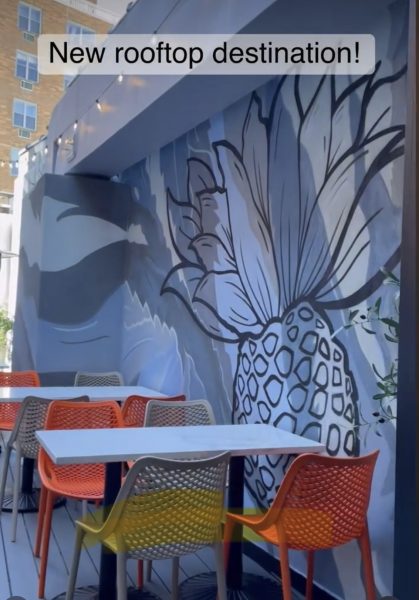
There are still many vacant storefronts and some businesses, like the brewery, are even closing. Most of the “exurbanists” that I have met live in their own home, have renovated and continue to restore it, plan to stay in it, to raise children in it, and I intend to die in mine. Some remain friends with those long-time community members who sold them the house. Like my experience in New York City, it is the renters here in Peekskill who are getting squeezed the most and those that, for various reasons, seek to downsize. But is this happening because of an influx of newcomers or because existing landlords are taking advantage of what the market can bear?
My big question is, and in all humility, I pose it, is Peekskill really at risk of being gentrified, or is it actually going through an appropriate and necessary process of revitalization? There are many normal fears related to the need for change in communities that get lumped under the term gentrification. Revitalization connotes a neighborhood that’s improved by or for the existing inhabitants. Its aim is to bring life back.
Newcomers wanting a thriving downtown and developed waterfront that has already existed and has a history here in Peekskill is an example of wanting something to come back. Revitalization involves reinforcing social networks, neighborhood services and local businesses. It involves supporting the health of the infrastructure and sustainability of what already exists. It involves accessing creative and out of the box housing schemes like finding funds to support owners in rehabilitating existing properties, in commercial property owners to entertain cooperatives and co-working spaces. There are ways to revitalize neighborhoods without also gentrifying them. This is what our city planner and us as citizens must figure out.
I think we need to answer that question, revitalization or gentrification? I think it will give better clarity to our thinking, minimize our fear and mistrust. Peekskill has a long history of stability and activism that research shows can offer it protection from gentrification. This is why “intergenerational” conversations amongst residents, “young” and old” need to take place. Like my young friend and I, we might find we are more alike than we think at first glance. The recent forum on Affordable Housing sponsored by the Peekskill Herald and the Living Room Dialogues that will follow are good examples of where and how to have these conversations. Somehow, I don’t think we are all that far apart in what we wish for Peekskill.





